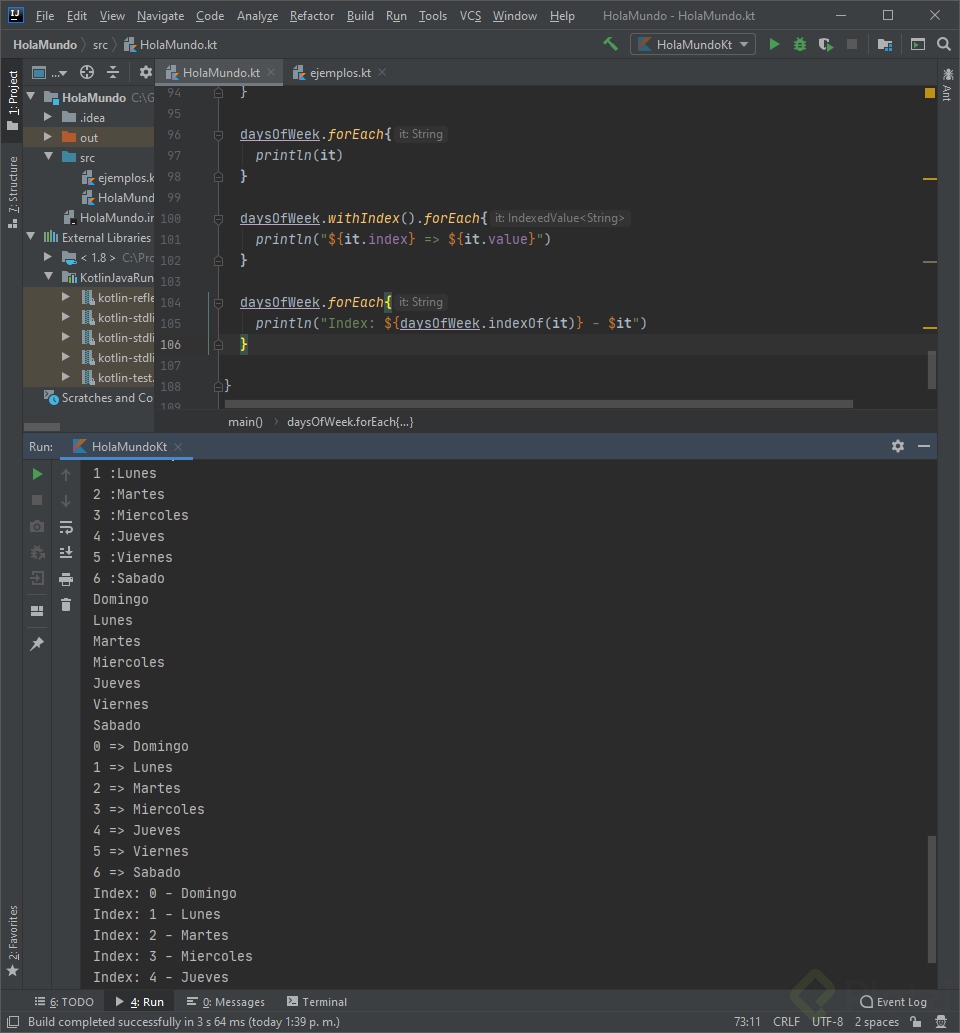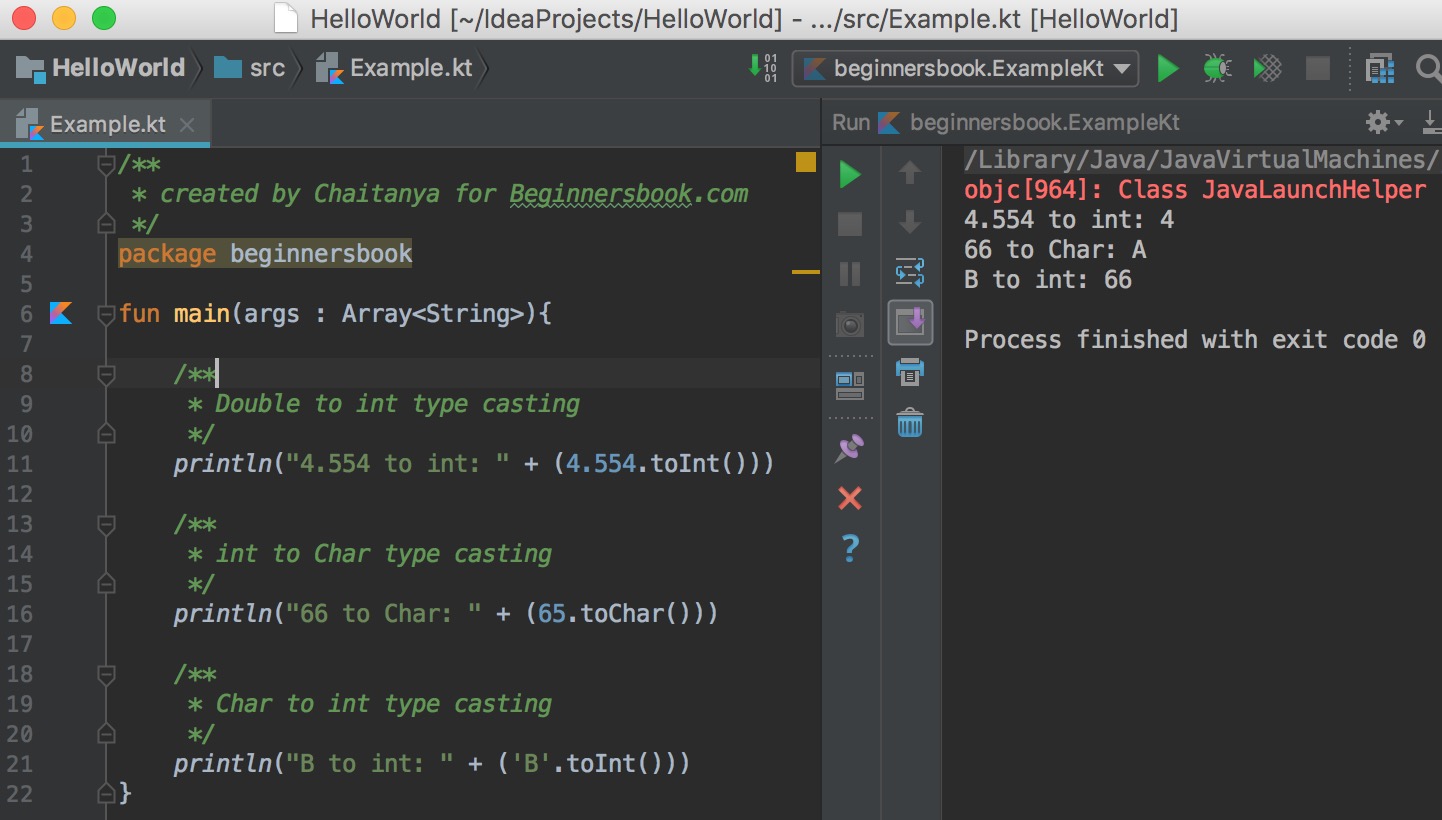

Able to create subclasses and understand how they inherit from each other.Able to define a Kotlin class, create an object instance from it, and access its properties and methods.Familiar with basic Kotlin programming concepts from Unit 1 of the Android Basics in Kotlin course: the main() function, functions arguments and return values, variables, data types and operations, as well as control flow statements.Familiar with using the Kotlin Playground for creating and editing Kotlin programs.

In this codelab, you will use the Kotlin Playground to become familiar with lists in Kotlin and create a program for ordering different variations of noodle soup. Learning how to create and use lists is an important programming concept to add to your toolbox, and it will enable you to create more sophisticated apps. For example, there could be a list of news articles, songs, calendar events, or social media posts within an app. In programming, lists are also very useful. package beginnersbookįor((index, value) in myArray.It's common to make lists for all sorts of situations in your everyday life such as a list of things to do, a list of guests for an event, a wish list, or a grocery list.

Another way of doing the same is with the use of withIndex() function. In the above example we have iterated through the array using array indices. Val myArray = arrayOf("Steve", "Robin", "Kate", "Lucy") We can also use array indexes to iterate though the array. Val myArray = arrayOf("ab", "bc", "cd", "da")ĭa Kotlin for loop iterating though array indices In the following example we have declared an array myArray and we are displaying the elements of the array using for loop. In the following example we are iterating though an integer range using for loop. In this guide, we will learn how to use for loop in Kotlin with the help of various examples. The for loop in Kotlin is used to iterate or cycle though the elements of array, ranges, collections etc.


 0 kommentar(er)
0 kommentar(er)
